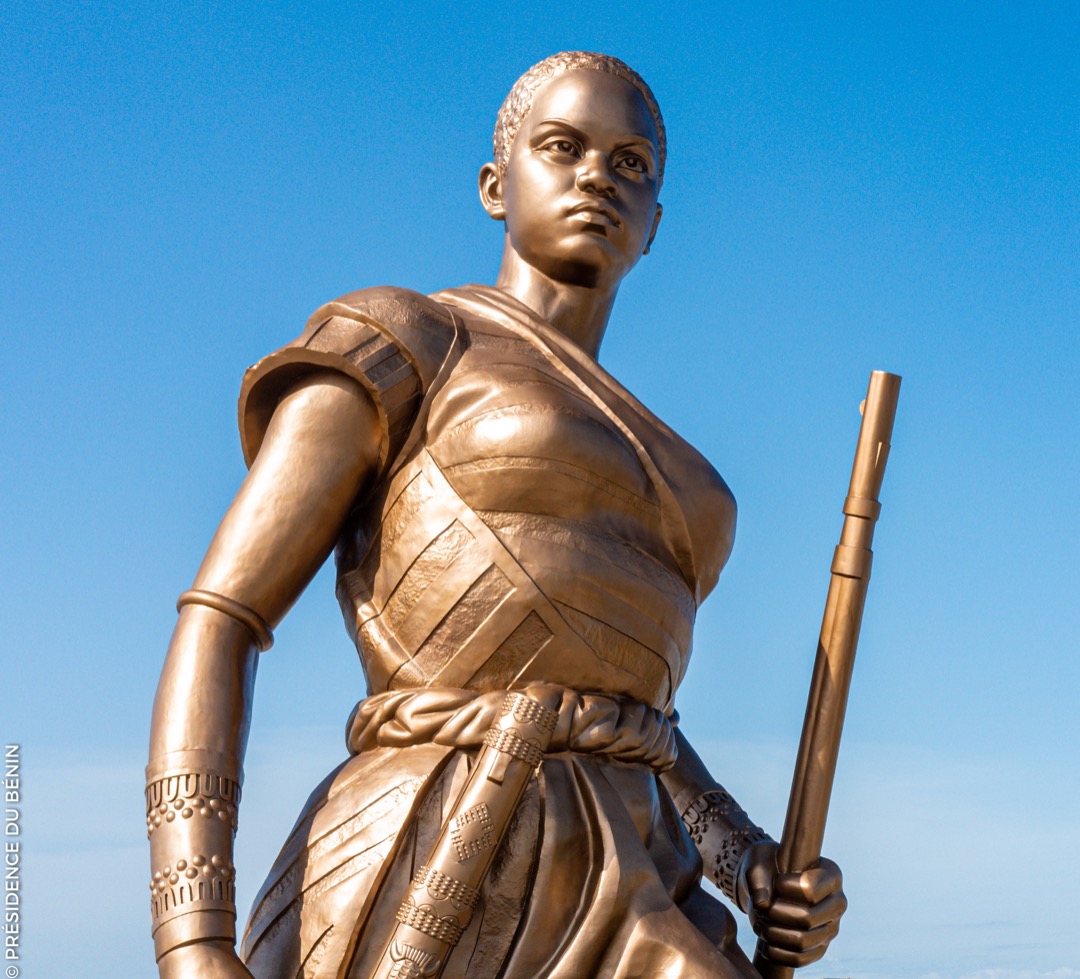The Amazons Of Dahomey
All Female Military Regiment
1. Origin and Formation: The Amazon army was established in the 17th century during the reign of King Houegbadja. Initially, they served as the king's bodyguard, gradually evolving into a formidable military force consisting entirely of women. 2. Recruitment and Training: Girls were selected from different regions and backgrounds, typically between the ages of 8 and 20. After their selection, they underwent rigorous physical training, including martial arts, combat skills, and the use of weapons such as spears, machetes, and rifles. 3. Roles and Responsibilities: The Dahomey Amazons were primarily involved in military activities, often serving as frontline soldiers in battles. They played vital roles in defending the kingdom, leading military campaigns, and protecting the royal family. Their firm reputation developed due to their courageousness, discipline, and tactical skills. 4. Organizational Structure: The Amazons operated within a unique hierarchical structure. At the top was the king, followed by a commander-in-chief known as the N'Yekpe. Underneath were various ranks, including captains and officers, who oversaw specific units and reported to higher-ranking officials.
5. Battle Accomplishments: The Amazons participated in numerous wars and battles, both against neighboring tribes and European colonial forces. They fought fiercely against the expansionist agendas of the Fon Kingdom and successfully resisted some European invasions. 6. Cultural Significance: The Dahomey Amazons represent a significant part of Dahomeyan history and are considered an empowering symbol of female strength and independence. They challenged gender norms and showcased the capabilities of women in combat roles. 7. Decline and Disbandment: The Amazon army's influence began to decline in the late 19th century due to changes in European colonization and the influence of firearms. After the defeat of Dahomey by French forces in 1894, the Amazons were disbanded, marking the end of their official existence.

The Greatest Treasure Hunt
The Tomb Of King Tutankhamun
1. Discovery: The tomb of Tutankhamun was discovered on November 4, 1922, by British archaeologist Howard Carter. The tomb was located in the Valley of the Kings, near the city of Luxor (formerly Thebes), on the western bank of the Nile River. 2. Tutankhamun's Reign: Tutankhamun was an ancient Egyptian pharaoh who reigned during the 18th dynasty (approximately 1332-1323 BCE). He ascended to the throne at a young age and died around 18 years old. 3. Carter's Expedition: Howard Carter's expedition was funded by the 5th Earl of Carnarvon, George Herbert. After years of searching, with waning pati...

